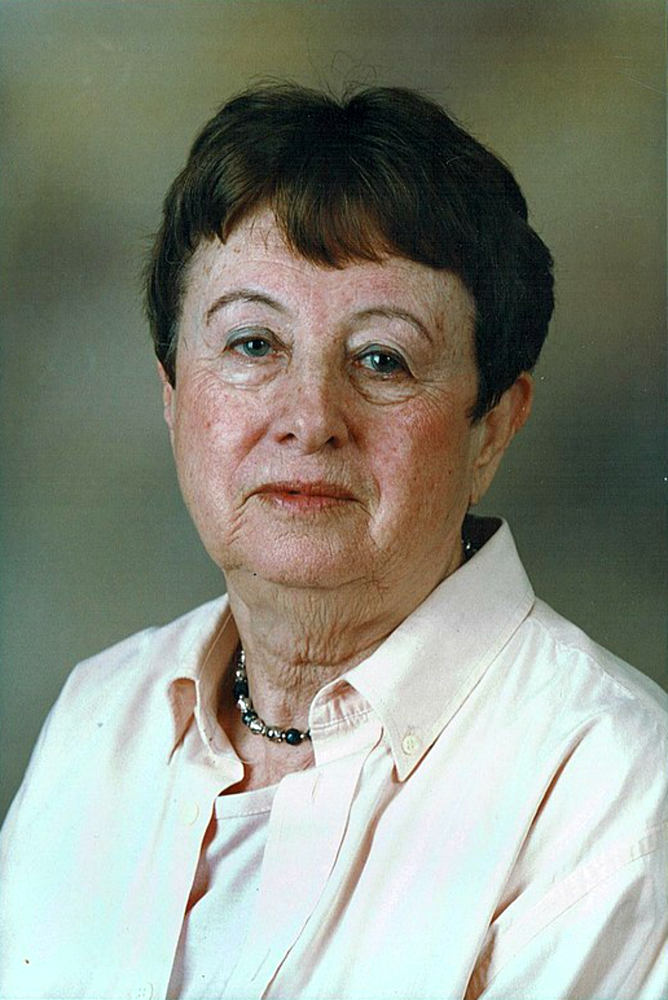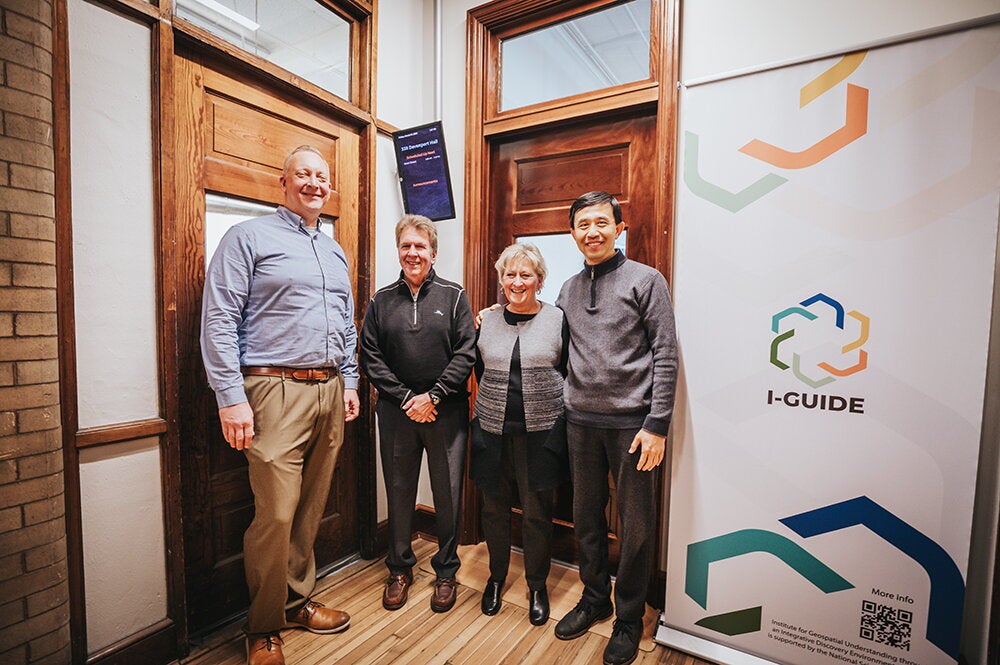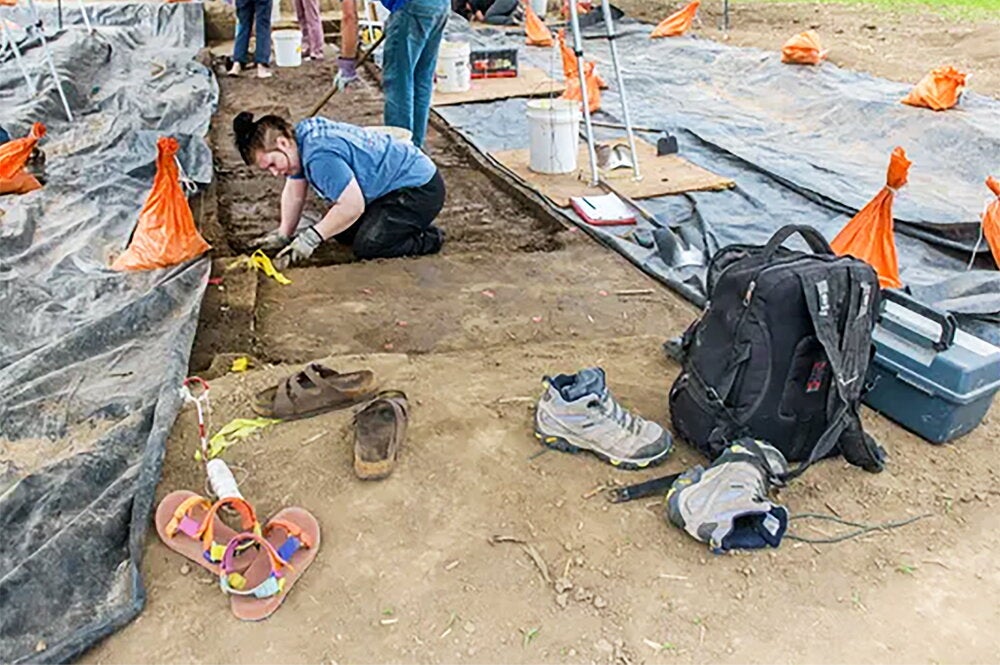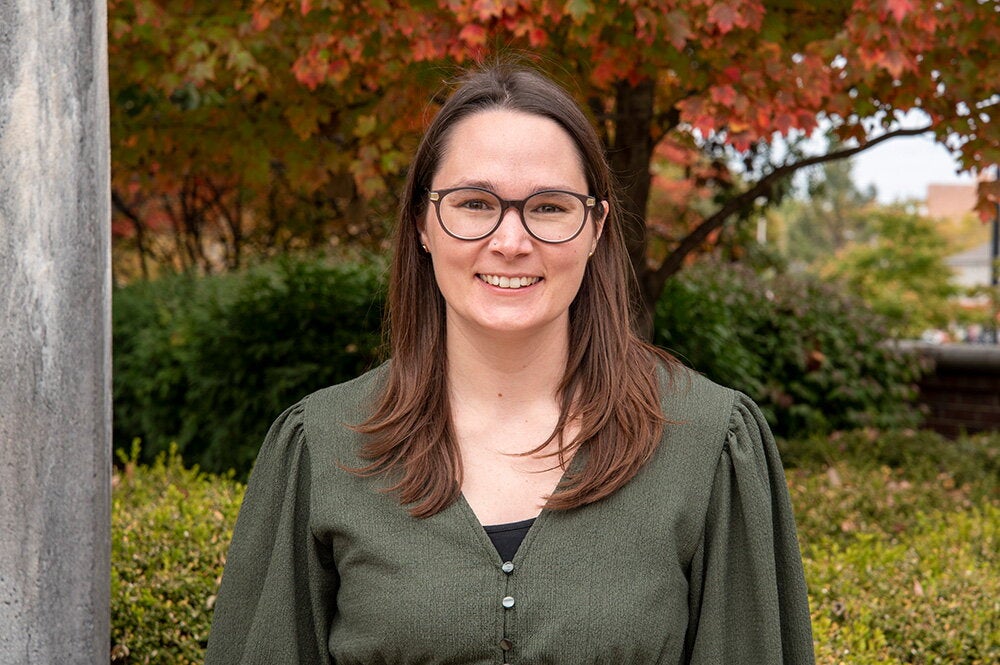
Rachel Galun (PhD, '55, entomology) describes her work as "a bloody business."
For more than 50 years, Galun has been one of the world's leading authorities on blood-feeding insects, which are behind some of the most devastating diseases on the globe. This research has taken her on more than 60 different trips to Africa, where she has helped fight tropical illnesses caused by mosquitoes, ticks, and tsetse flies.
She's a "fearless woman," says May Berenbaum, head of LAS's entomology department. "She has partnered with scientists from almost every continent in her determination to reduce the injury, suffering, and disease inflicted by human parasites."
For this, Galun has been awarded the 2007 LAS Alumni Achievement Award.
Galun grew up in a cooperative village in the Middle East and received her master's degree from the University of Jerusalem in 1947. But her education was interrupted when the Arab-Israeli War ignited in 1948. During the conflict, Galun served on a unique war front. As a medical entomologist for Israel, she drew up battle lines against mosquitoes, which inflicted the West Nile virus on soldiers and civilians alike.
After the war, Galun was drawn to the University of Illinois, which had (and still has) one of the nation's top entomology programs. Here, Galun worked with Gottfried Fraenkel, considered one of the greatest living entomologists at the time, famous for his work on insect nutrition. But Galun would soon begin making her own mark on the insect world after receiving her PhD in entomology from the U of I in 1955.
"Throughout the years," she says, "the area I concentrated on was the stage of the blood feeding, the ingestion of blood by the insect." According to Galun, blood feeding is the most important stage in the insect's life because this is when it either acquires the disease-causing pathogen or passes on the disease to the host.
Galun says that when mosquitoes stick their proboscis into your tissue, most people assume they immediately hit blood, like a well-driller striking oil. But mosquitoes have to search for the blood. It was Galun who identified the chemical stimulants that tell the mosquitoes when they have found blood. She also identified and described the exact receptors involved in the process.
According to Berenbaum, this work inspired new and still ongoing research. In fact, the blood-feeding stimulants she discovered in ticks and mosquitoes are now known to be feeding stimulants for a vast array of blood-feeding arthropods.
Galun did similar groundbreaking work with other blood-feeding insects, such as ticks. She even pioneered the identification of active substances from the saliva of leeches that had possible medicinal uses as anticoagulants or anesthetics.
Because blood-feeding insects do the most damage in Africa, Galun helped establish the International Centre of Insect Physiology and Ecology in Nairobi, Kenya, the premier institution conducting entomological studies in all of Africa. She taught, conducted research, and helped run the institute, bringing her to Africa three or four times per year for 25 years. But this venture sometimes came with a cost. During one trip, she contracted malaria, which initially went undiagnosed and nearly killed her.
With her expertise on leeches, Galun was one of the earliest and most effective advocates for biotherapy—the use of leeches and maggots for medical treatments. Galun says that many doctors in the United States today use leeches to help blood circulation and prevent blood coagulation when reattaching a severed finger or other body part. She is currently supervising a student who has developed a method to sterilize the guts of leeches so they do not inject bacteria at the same time they inject "the good material."
Another biotherapy on which she has worked is maggot therapy. Flesh fly maggots are put on necrotic wounds, in which the tissue is dying; then the maggots go to work, eating the dying tissue, cleaning the wound, and often preventing amputation.
Galun is also known for her contribution to a cooperative science agreement set up between Egypt and Israel soon after the peace agreement of 1979. She worked with Egyptian scientists to prevent Rift Valley fever from spreading to Israel by way of mosquitoes.
Whether it is work in Egypt, Kenya, Israel, or the United States, Galun has displayed a unique ability to connect with many different cultures. As Berenbaum puts it: "The many successes of Dr. Galun reflect not only great scientific acumen but also tremendous diplomatic skills and deep insight into human nature."


